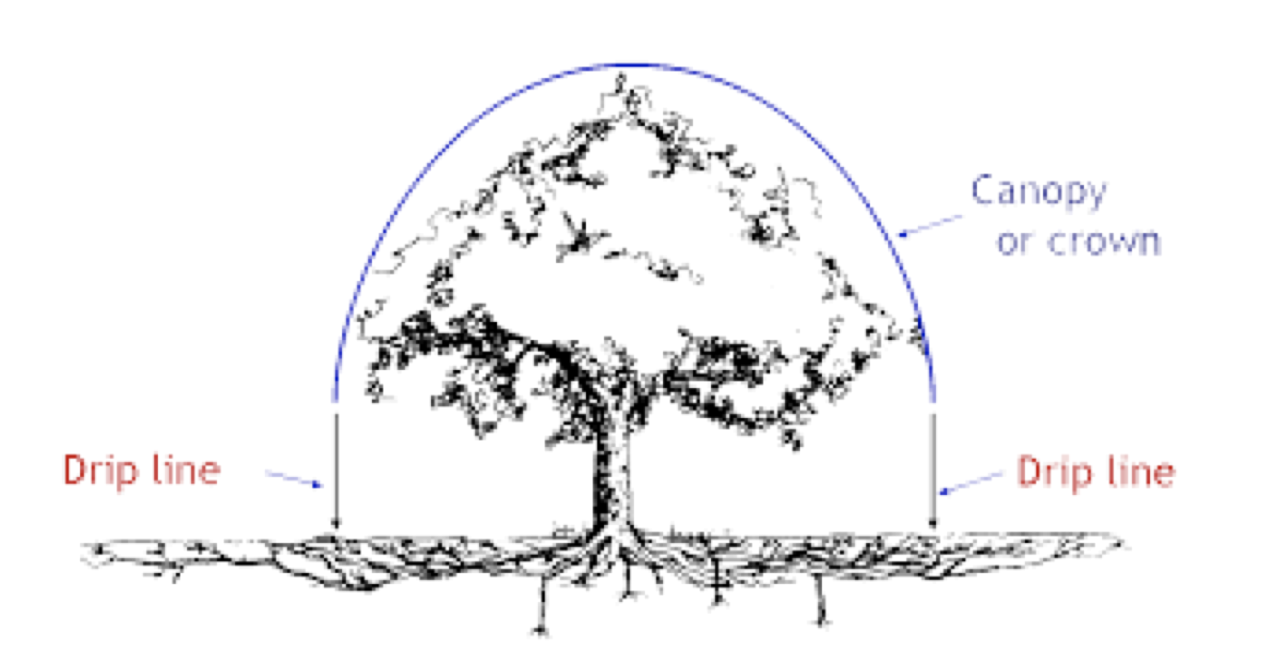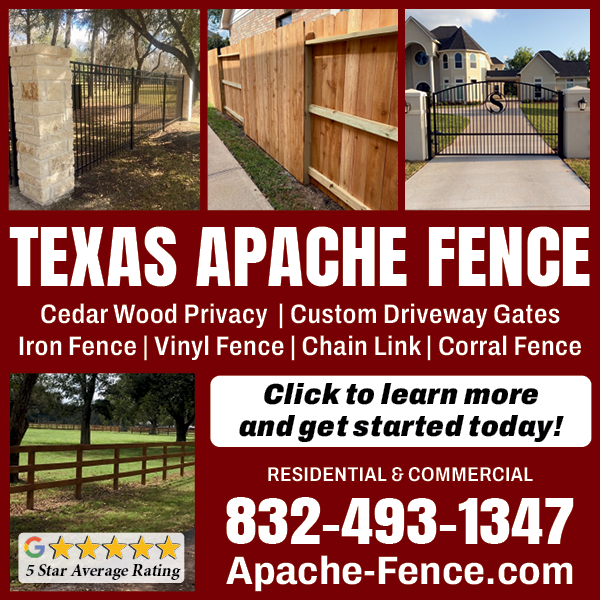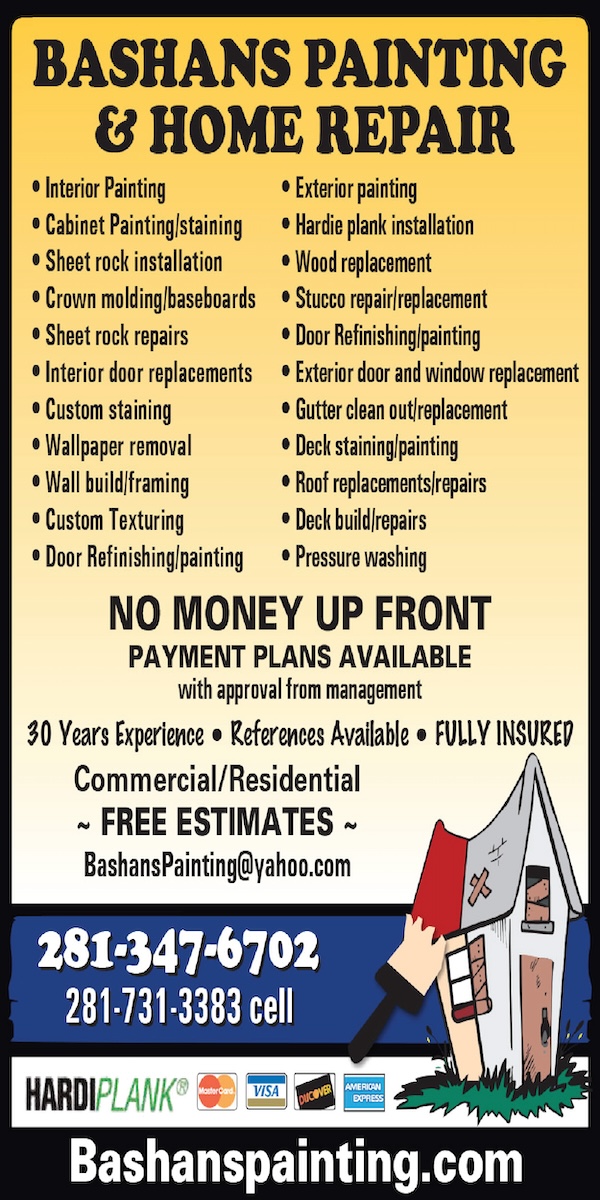
Some Common Gardening Mistakes
By Anita Maddox, Fort Bend County Master Gardener
TREE MISTAKES
Wrong location: Make sure you consider the mature size of the tree before planting. Planting too close to your house isn’t good for your home’s foundation or for the tree either. And we’ve all seen the results when utility companies chop off large sections of trees to protect electrical service to the neighborhood, so don’t plant trees that will eventually touch electrical lines.
Planting too deeply: Dig a hole for your tree that is no deeper than the height of the root ball, and at least twice as wide. Also, don’t add any amendments to the soil where it’s planted. Just refill the hole with some of the same soil you just removed.
The “Mulch Volcano”: Piling up mulch in a hill against the trunk of your trees will eventually suffocate the roots near the surface of the soil in that area. The mulch volcano will hold moisture against the tree’s trunk which can lead to insect and pest disease problems.
Watering trees incorrectly: Did you know the roots that absorb water for a tree are mostly located under the outer circumference of the tree branches? This is called the “drip line”. The best way to water trees is to remove the sprinkler from your hose and let the water run slowly for several hours around the drip line of the tree, not near the trunk.
WATERING YOUR GARDEN PLANTS
Overwatering: When we overwater our plants the soil gets waterlogged and the roots can’t breathe. Plant roots require some oxygen for growth. Plants that have been overwatered wilt and turn yellow similar to plants that are too dry, so it’s not easy to tell what’s happening just by looking. You can stick your finger a few inches in the soil to see if the soil is too wet, or even better, buy an inexpensive moisture meter (about $9) that you can stick in the soil for a more accurate reading.
Underwatering: When plants in your garden are dry, water them thoroughly so that the water penetrates down to all the roots. “Sprinkling” by hand every day usually won’t accomplish deep water penetration. Watering less often and more deeply is the best way to keep your plants healthy.
Not mulching: Mulch keeps the soil from drying out and becoming hard, prevents erosion, and improves the soil as it breaks down.
TRYING EVERY GARDEN SUGGESTION FROM THE INTERNET
You’ll see a lot of ideas on the internet from gardeners all over the country. The best way to find out about effective gardening techniques is to look on a Land-Grant University’s website for research-based information. You can find a lot of gardening information appropriate for our area on the Texas A&M Agrilife Extension website here. You’ll also find helpful information on our Fort Bend Master Gardener website here, and on our Facebook page here.
And remember, if you have a specific question, you can “Ask a Master Gardener” on our website!


Source: Fort Bend County Master Gardeners







